
The EARTHQUAKE Team combines skills and expertise in all leading-edge fields relating to seismic hazard. It is composed of geodesists, tectonicists for active processes, hydromechanics, and seismologists for seismic source and strong ground motion.
| INSeiS | Sismicité induite et essaims naturels : un mécanisme universel ? - ANR 2022 | 2022-2026 | |
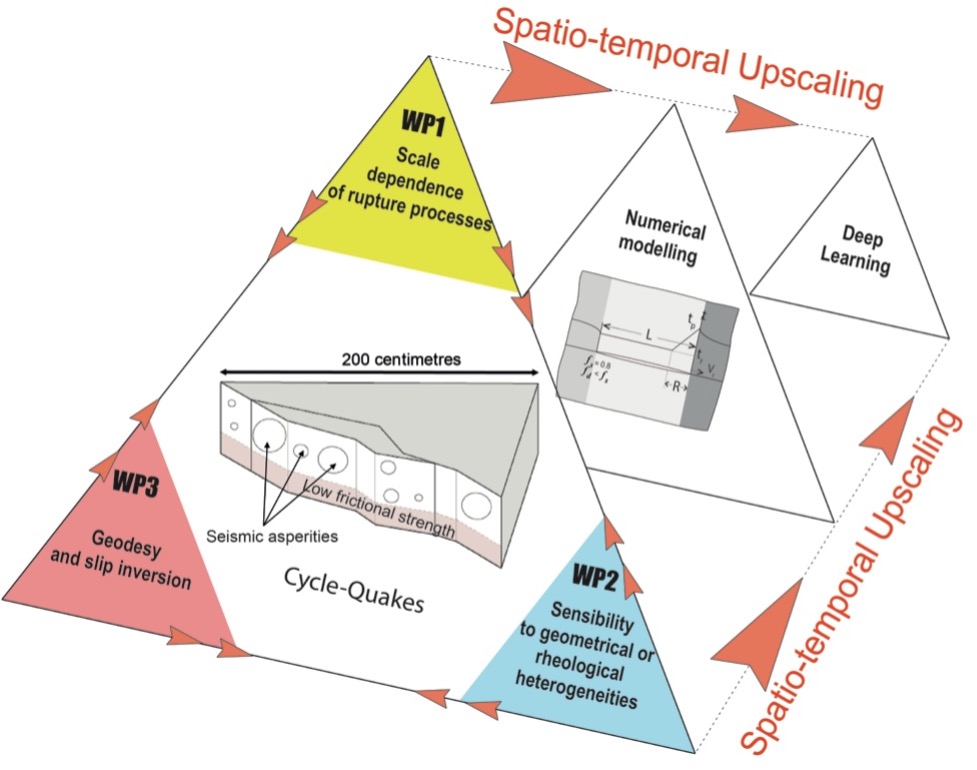 |
HOPE | HOw Predictable are Earthquakes - ERC 2022 | 2022-2026 |
| ABYSS | Monitoring megathrust faults with abyssal distributed acoustic sensing - ERC 2022 | 2022-2026 | |
| OSMOSE |
tOward a multi-stakeholder Socio-seisMological Observation network for Seismic risk rEduction in Haiti - ANR 2022 |
2022-2025 | |
| |
LMI CARIBACT |
Laboratoire Mixte International : Aléas naturels, variabilité climatique et impacts dans le nord Caraïbe - IRD 2021 |
2021-2026 |
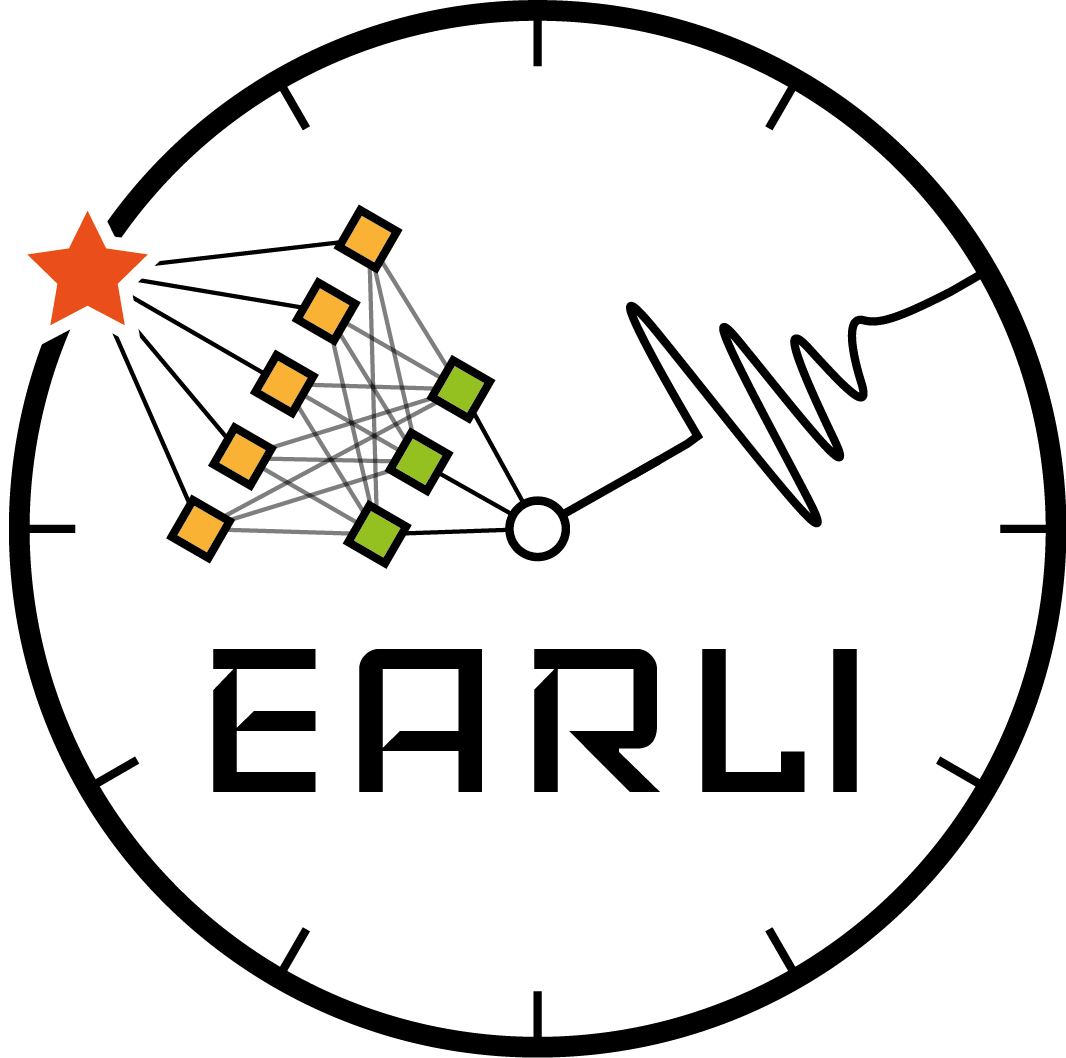 |
EARLI | detection of Early seismic signal using ARtificiaL Intelligence - ERC 2021 | 2021-2026 |
| |
S5 | Séismes lents et essaims sismiques - ANR 2019 | 2019-2023 |
 |
SEAFOOD | Sea - Bottom Fiber - Optic Observatory for Distributed Deformations Measurements - ANR 2017 | 2017- |
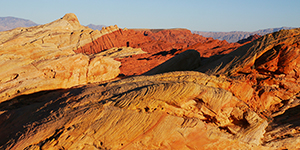 |
FAULTS R GEMS | Properties of FAULTS, a key to Realistic Generic Earthquake Modeling and hazard Simulation - ANR 2017 | 2017-2021 |
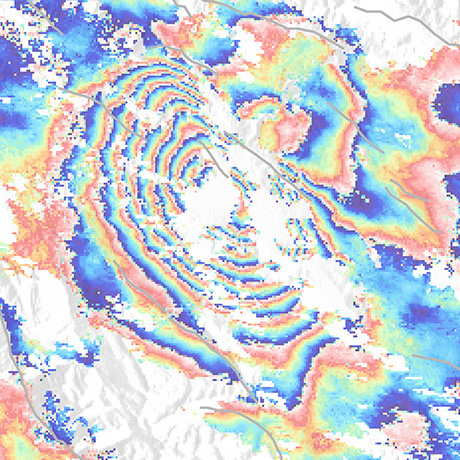 |
E-POST | Early POST seismic deformation - ANR 2015 | 2015-2019 |
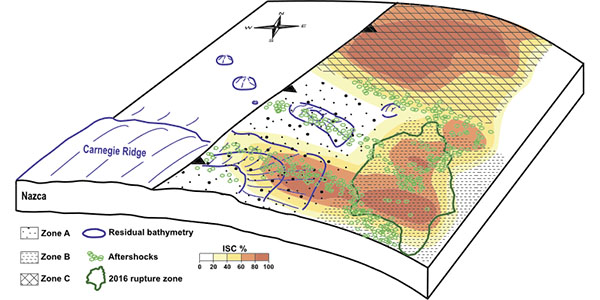 |
REMAKE | Seismic Risk in Ecuador: Mitigation, Anticipation and Knowledge of Earthquakes - ANR 2015 | 2015-2019 |
 |
HYDROSEIS | In-Situ Study of Fluid-Induced Earthquakes and Aseismic Slip - ANR 2014 | 2014-2018 |
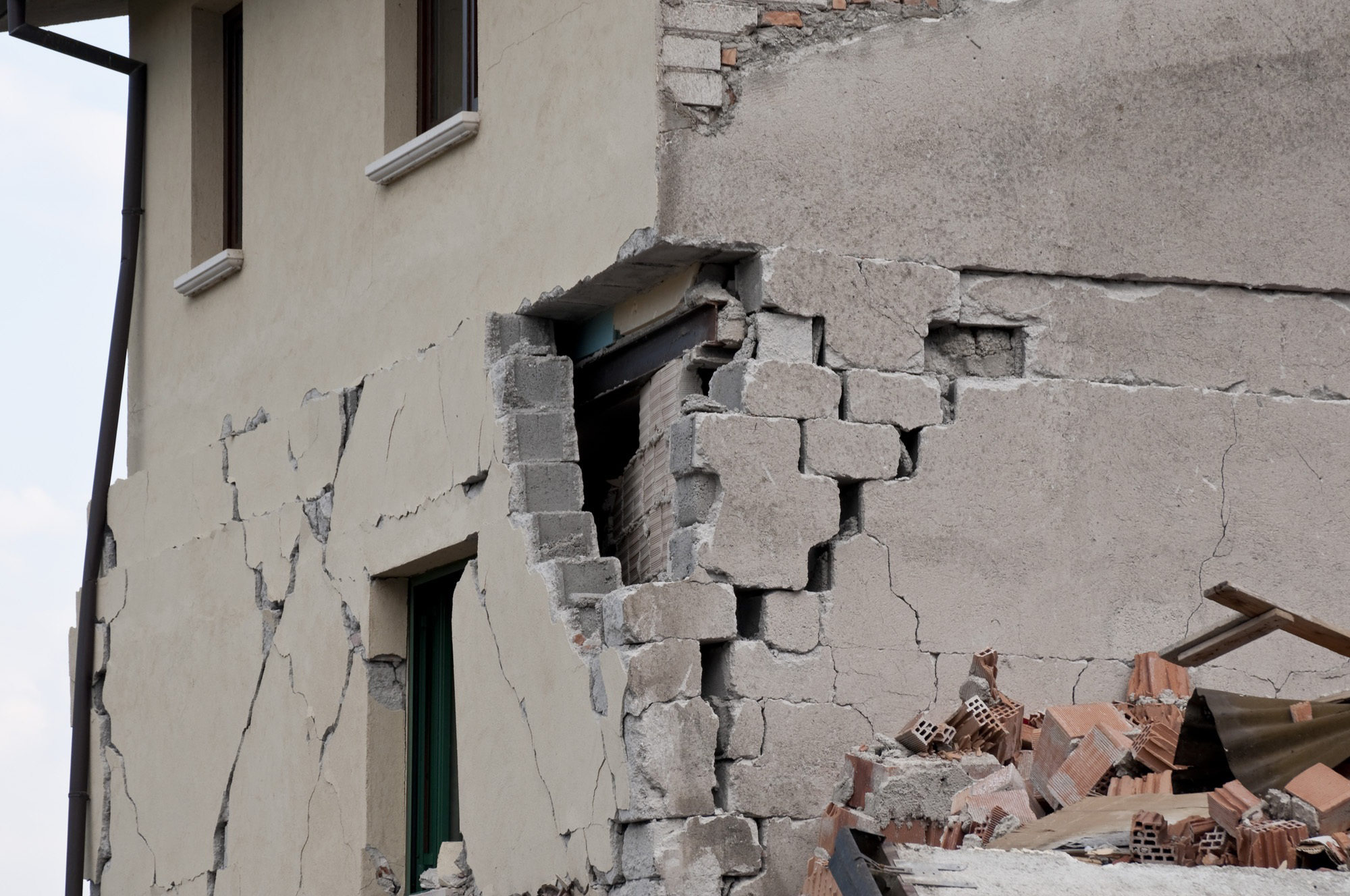 |
TO-EOS | The Tohoku-Oki Earthquake from Earth to Oceans and Space | 2011-2013 |
| Notre objectif ? WHAT? |
Comprendre les séismes - initiation, propagation, occurrence dans le temps… Understanding earthquakes - initiation, propagation, occurrence in time.... |
|
Pourquoi ? |
Pour mieux les anticiper et pourquoi pas un jour les prédire |
|
Comment ? |
En analysant les données de différentes natures : terrestres, marines et satellitaires |
Trois questions scientifiques centrales - Three key scientific questions :
- Comment se répartissent et évoluent les ruptures sismiques et les glissements asismiques sur un système de failles ?
How are seismic ruptures and asismic slips distributed and evolving over a fault system? - Quel est le rôle des forçages (i.e. action des fluides, glissements asismiques, ...) dans la génération des séismes ?
What is the role of forcing (i.e. fluid action, asismic slip,...) in the triggering of earthquakes? - Comment accroître la précision des estimations d'aléa sismique ?
How to increase the accuracy of seismic hazards?
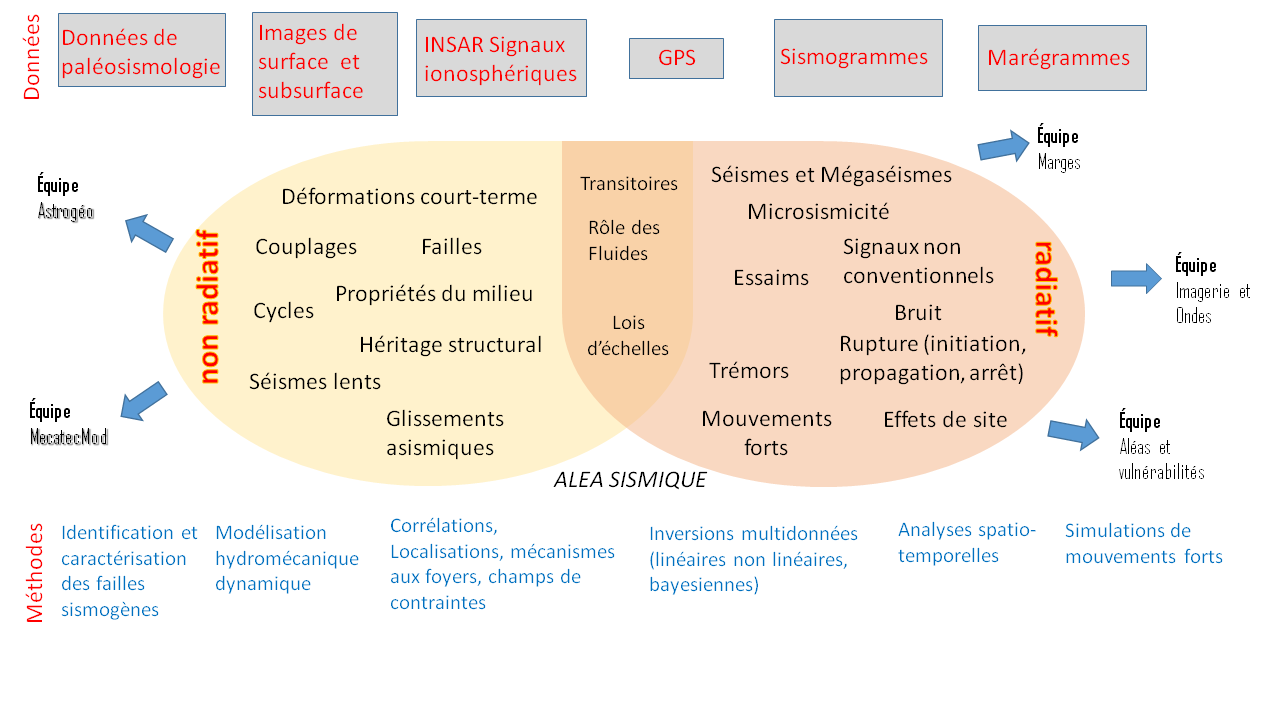
UMR Géoazur
Campus Azur du CNRS
250 rue Albert Einstein
- CS 10269 - F 06905 SOPHIA ANTIPOLIS Cedex
+33 (0)483 618 500




